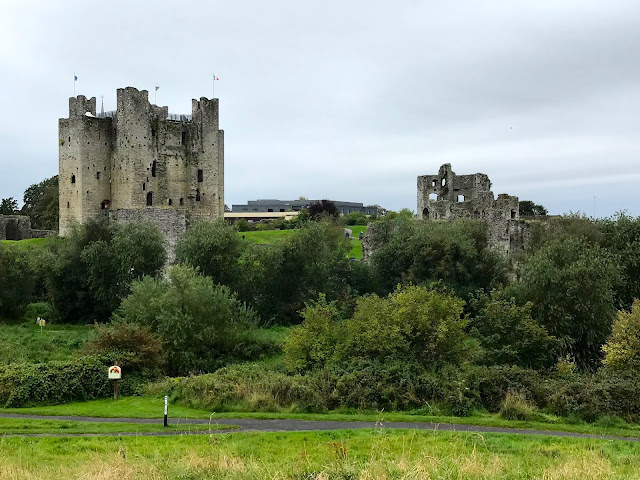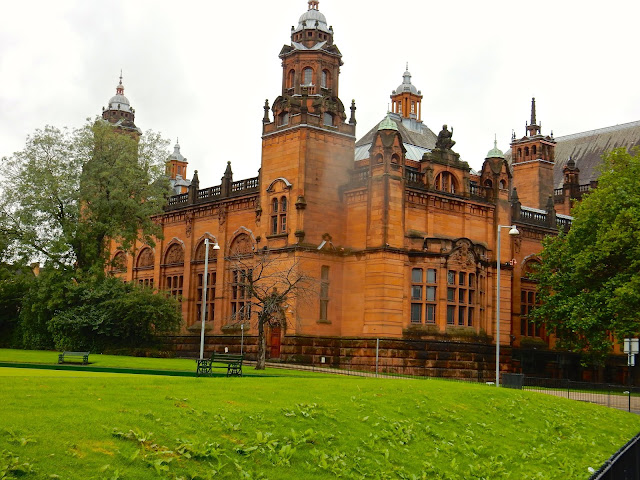Trim is also the largest Norman castle in Ireland.
And it was in County Meath where Patrick came and met the pagan kings. There is a St. Patricks Cathedral in Trim.
Trim, with some 9 thousand residents, is picturesque
and hospitable.
When settling in for a Guiness in this pub I found a copy of runners and riders, the daily form chart for horse racing.
I urged my pal Griff to get to Ireland to meet his kin, some of whom have great pubs!
The castle was featured in the 1995 Academy Award Winning BRAVEHEART, the story of the Guardian of Scotland, hero William Wallace. The film employed hundreds of Trim residents. Scenes were also shot at nearby Irish locations.
History is in the land around Trim in County Meath. A subsequent post explores how and why it is so prominent in Irish history, folklore and myth.
About a third larger than our Cambria on the California central coast, it has a familiarity. About the partial self portrait below, the scene in the window looked so homey, it needed to be shared.
It's a great spot for a hike or stroll, enhanced by history
and the wonderful green beauty.
"An entry place to the other world" and "a place of great prospect" as we wonder County Meath and a mystical capitol in an upcoming post.
See you down the trail.
































































